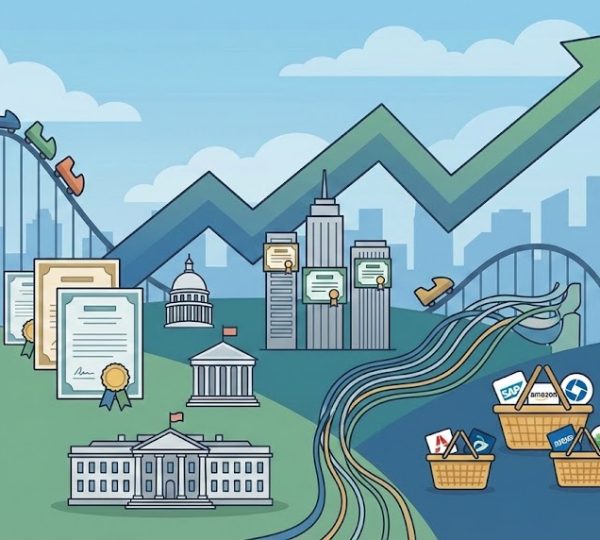Based on the Conference Board, the U.S. economy is still destined for a downturn this year, but the employment market and personal income are still strong. The leading economic indicator of the business organization decreased by 0.3% in January, which was in line with predictions but was less drastic than the 0.8% decline witnessed in December.

In January, the US LEI’s pace of fall slowed down, according to Ataman Ozyildirim, senior director of economics at the board. Concerning the leading indicators, “weaknesses in labor – market and stock prices more than outweighed strengths in consumers’ expectations of business climate and credit conditions to pull the index downward in the month.” He said, “Although the LEI continues to forecast a recession shortly, labor market indicators, such as employment and personal income, remain healthy thus far. Yet, The Conference Board continues to predict that the U.S. economy will enter a recession in 2023 due to high inflation, increasing interest rates, and declining consumer spending.
Many economists agree with that prediction, but the timeframe is unpredictable due to the job market’s resiliency and consumers’ determination to keep spending. As a result, some analysts delay the likelihood of a recession while others predict it may not happen at all. In a client note sent out on Friday morning, BCA Research stated that “the world economy has reaccelerated just at the start of 2023, consistent with our assumption heading into this year that expansion in the U.S. and the rest of the globe will surprise on the positive relative to beaten-down expectations.”
“Unfortunately, marvelous things may sometimes be overdone. Faster growth is increasing the likelihood of a second wave of inflation, particularly in the United States, where the employment market is still extremely tight, it continued. The Federal Reserve is determined to raise interest rates until it can prove that inflation is returning to its objective of 2% annually. Bond rates have risen to levels unseen since 2007 as markets adjust to the “higher for longer” outlook. It frequently signals a slump.
As opposed to the mainstream recommendation for a 25 basis-point rise, some Fed officials are now stating they want a 50 basis-point increase in interest rates whenever the central bank gathers in March. President of the St. Louis Federal Reserve James Bullard said on Thursday, “the U.S. economy is growing more rapidly than previously expected, and labor market performance is solid with joblessness below its longer-run natural level.” Even with sustained growth and robust labor markets, policy rate rises can help lock in a deflationary trend in 2023 by lowering inflation expectations.
Bullard, a hawk about interest rates, has stated he would oppose raising rates to reduce inflation more quickly.



